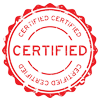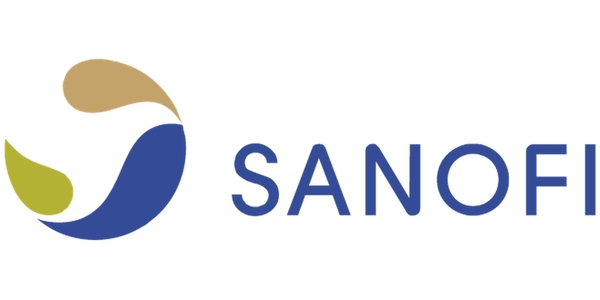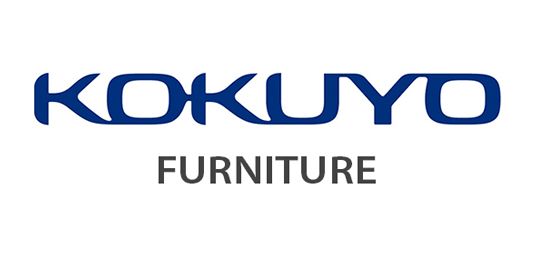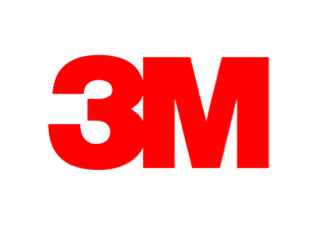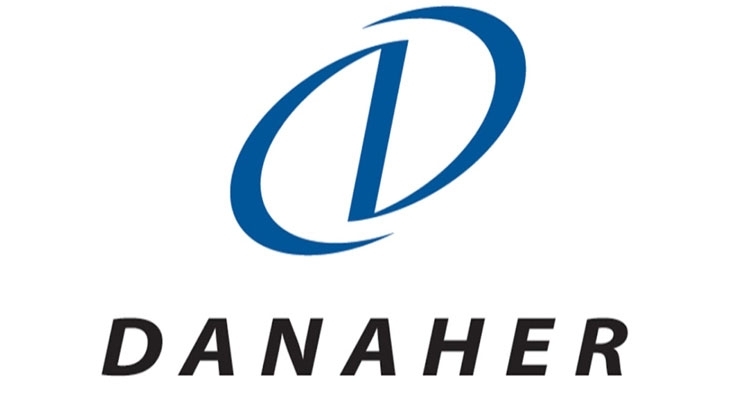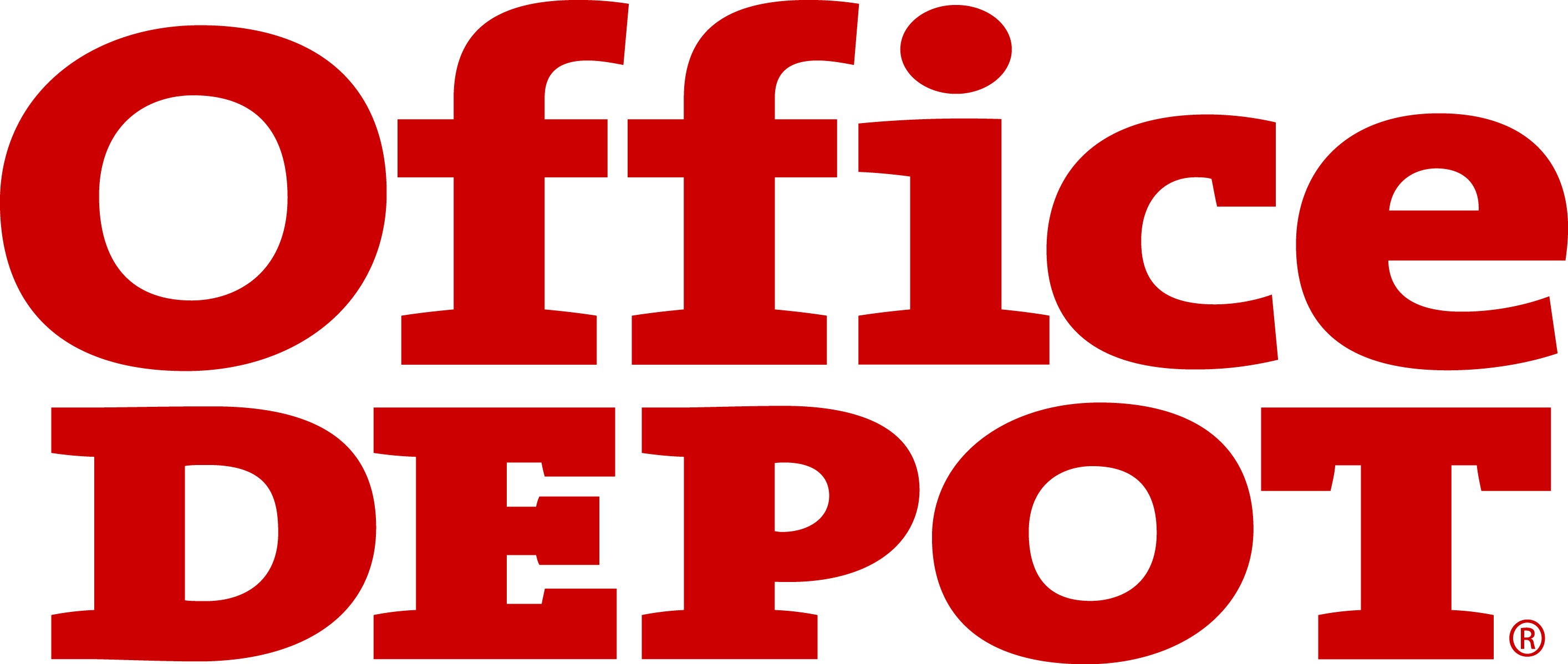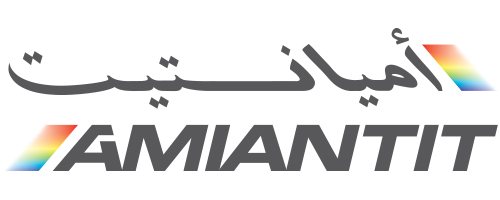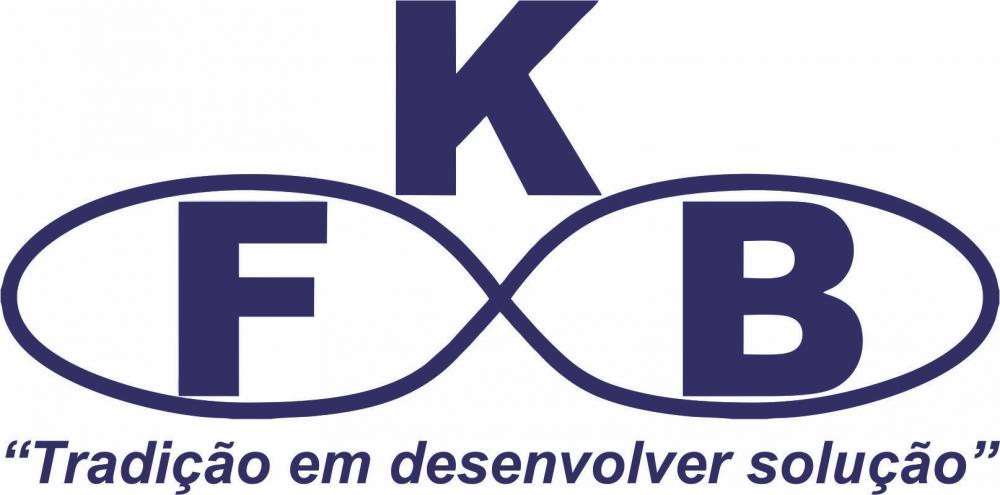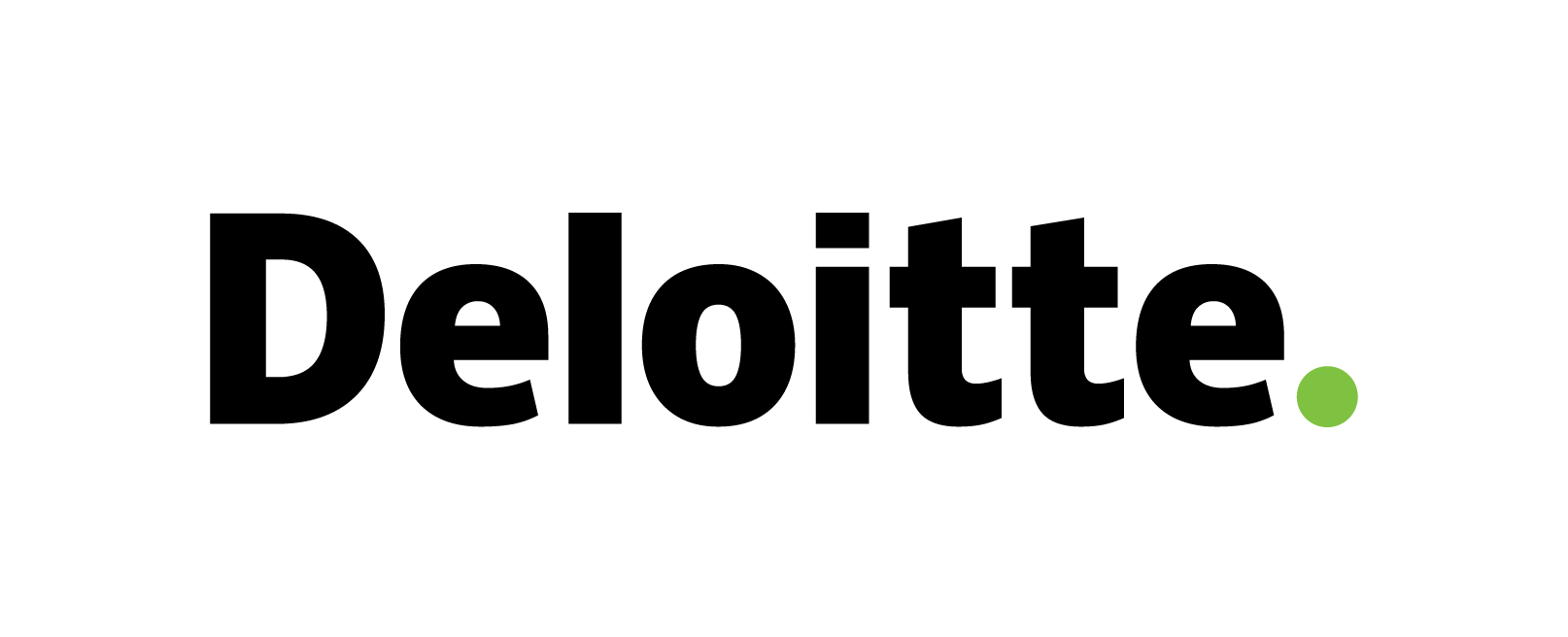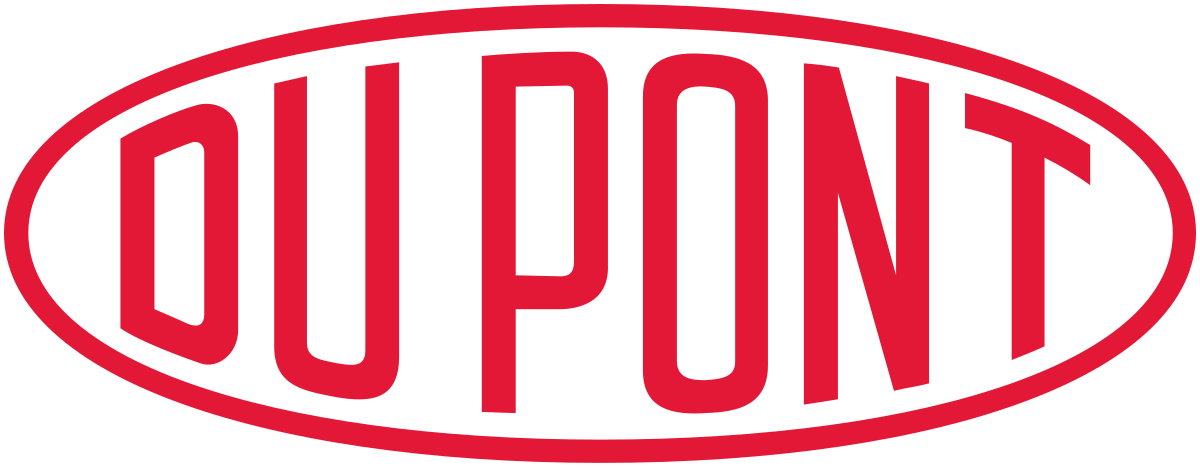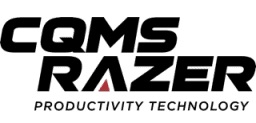Robotics as a service Market: Global Size, Share, Trends, Growth and Forecast 2022-2032
Robotics as a service Market: Overview and Definition
The Robotics as a service Market was estimated to be worth roughly USD 14.5 billion in 2021 and is expected to reach USD 52.5 billion by 2032, at a CAGR of 6% over the forecast period of 2022 to 2032. RaaS (Robotics as a Service) is an artificial intelligence (AI) subset that mixes cloud computing with shared services. When compared to traditional robotics systems, businesses are rapidly adopting the Robot as a Service (RaaS) platform because of its flexibility, scalability, and lower cost. The RaaS platform can benefit small and medium-sized businesses without requiring a substantial upfront expenditure. For example, Honda, a Japanese automaker, established a robot-as-a-service (RaaS) platform to supply SMEs and large businesses with a wide range of robots and cloud-based data services to facilitate communication, robotic collaboration, and data sharing.
Robotics as a service (RaaS) is a business model in which robots and automation systems are offered as a service to companies and individuals, rather than being owned outright. The RaaS model allows users to access robots on an as-needed basis, avoiding the high upfront costs associated with purchasing and maintaining robots.
The robotics as a service market is experiencing significant growth due to the increasing demand for automation across industries. RaaS solutions are used in various applications, including warehouse automation, agriculture, healthcare, retail, and logistics.
The RaaS market is segmented by component, application, and vertical. Based on the component, the market is segmented into hardware, software, and services. The hardware segment is expected to dominate the market during the forecast period. Based on application, the market is segmented into inspection and maintenance, material handling, logistics, and others. The material handling segment is expected to dominate the market during the forecast period.
Robotics as a service Market: Key Drivers
The robotics as a service (RaaS) market is being driven by a variety of factors, including:
Need for Increased Efficiency and Productivity: Businesses are constantly seeking ways to improve their efficiency and productivity, and robotics can provide a significant boost in both areas. RaaS solutions can automate repetitive or labor-intensive tasks, freeing up human workers to focus on more complex or creative work. This can lead to increased output and faster turnaround times.
Cost Savings: RaaS allows companies to access robots and automation systems on an as-needed basis, rather than having to make a large upfront investment in purchasing and maintaining the technology. This can significantly reduce the cost of entry for companies seeking to implement automation solutions.
Overcoming Labor Shortages: In many industries, there is a shortage of qualified workers. RaaS solutions can help fill this gap by providing automated solutions that can perform tasks that might otherwise be difficult to staff for. This is particularly important in industries like manufacturing, logistics, and agriculture.
Industry 4.0 and IoT: The rise of Industry 4.0 and the increasing adoption of the Internet of Things (IoT) are also driving the growth of the RaaS market. As more companies adopt smart manufacturing and automation solutions, the demand for RaaS is likely to increase.
Technological Advancements: Robotics technology is advancing rapidly, with new innovations and capabilities being developed all the time. This is making it easier and more cost-effective to implement robotics solutions in a wide range of industries.
COVID-19 Pandemic: The COVID-19 pandemic has accelerated the adoption of automation solutions in many industries. As companies seek to reduce human-to-human contact and maintain social distancing measures, robotics solutions are being used to automate tasks that were previously performed by humans.
During the projected period, the market is expected to increase due to rising demand for professional robots in a variety of industries. This can be linked to the increased need for automated solutions in a variety of professional fields. Agricultural robots, for example, are a professional application of RaaS. Robotic kitchens, laundry robots, unmanned surface vehicles (USVs), autonomous underwater vehicles (AUVs), remotely operated vehicles (ROVs), inspection robots, and telepresence robots are all examples of inspection robots.
According to figures from the IFR (International Federation of Robotics), a non-profit organisation based in Germany, sales of professional service robots were US$ 5,200 million in 2017.
To further expand their capabilities in the defence and logistics sectors, these robots are equipped with modern technologies such as artificial intelligence. Handling, transport, sorting, packaging, delivery, and a variety of other operations are performed by these service robots in the logistics industry.
During the forecast period, the market is expected to rise due to ongoing technological advancements. Qualcomm, a semiconductor manufacturer based in the United States, for example, unveiled its first 5G and AI-enabled robotics platform for the consumer, enterprise, defence, industrial, and professional service sectors in June 2020. According to the International Federation of Robotics (IFR), a non-profit organisation based in Germany, yearly robot installations increased to 422 thousand in 2018 from 250 thousand in 2015. In addition, the development of robotics is predicted to boost productivity and economic growth in emerging countries. In developing economies, the robot as a service platform has the potential to open up a slew of new opportunities in a variety of industries. Furthermore, the era of automation and robots offers potential in the home industry.
The market is growing because to the growing requirement to monitor, control, and manage many processes in the logistics, food and beverage defence, and domestic sectors, as well as rising labour costs. Due to an increase in demand for human support jobs, as well as a desire to decrease work pressure and promote high efficiency in repetitive duties in the workplace, robots as a service are gaining popularity. For example, in January 2021, Hyundai Robotics, a Danish business that offers comprehensive robotics solutions and is a wholly-owned subsidiary of Hyundai Heavy Industries (HHI) Holdings, released food and beverage service robots for the restaurant and catering industries.
Robotics as a service Market: Challenges
The robotics as a service (RaaS) market faces several challenges, including:
High Initial Investment: Although RaaS can be a more cost-effective solution than purchasing and maintaining robots outright, the initial investment can still be high for some businesses. This may make it difficult for small and medium-sized businesses to adopt RaaS solutions.
Integration with Existing Systems: Integrating new robotics and automation systems with existing systems can be challenging, particularly in older facilities that may not have the necessary infrastructure. This can result in additional costs and delays in implementation.
Lack of Skilled Workers: While RaaS solutions can help overcome labor shortages in some industries, there is a shortage of skilled workers in the field of robotics and automation. This can make it difficult for companies to find qualified personnel to operate and maintain the systems.
Security and Privacy Concerns: As robotics systems become more connected and data-driven, there are increasing concerns about security and privacy. Hackers may be able to access sensitive data or take control of the systems, potentially causing harm or disrupting operations.
Regulatory and Legal Issues: As with any new technology, there may be regulatory and legal issues that need to be addressed. For example, there may be concerns about liability in the event of a malfunction or accident involving a robotics system.
Maintenance and Upkeep: While RaaS solutions may reduce the maintenance and upkeep costs compared to owning and operating robotics systems, there are still costs associated with maintaining the systems to ensure they operate safely and effectively. This can include software updates, hardware maintenance, and repairs.
|
Robotics as a service Market: Report Scope |
|
|
Base Year Market Size |
2021 |
|
Forecast Year Market Size |
2022-2032 |
|
CAGR Value |
6 % |
|
Segmentation |
|
|
Challenges |
|
|
Growth Drivers |
|
Robotics as a service Market: Segmentation
By Type:
- Professional Service Robots
- Personal Service Robots
By End Use Industry:
- IT & Telecom
- BFSI
- Defense
- Logistics
- Healthcare
- Retail
- Food & Beverage
- Media & Entertainment
- Others
By Region:
- North America
- Europe
- Asia Pacific
- Latin America
- Middle East & Africa
Robotics as a service Market: Regional Synopsis
In 2020, North America dominated the global Robot as a Service market, and it is likely to continue to do so during the forecast period. The need for services robotics in North America has increased as a result of increased investments in sophisticated technologies, increased research and development, and acceptance of significant technologies in the region. Furthermore, the region's market share has increased due to a large increase in the usage of surgical robots in the healthcare business.
Due to the increased adoption of services robots in China, Japan, India, and other countries, Asia Pacific is predicted to rise significantly throughout the projection period. Regional governments also play an important role in the market's development of regional robotics demand. India, for example, intends to invest in military robotics and is planning to deploy advanced robotic soldiers by 2023.
Robotics as a service Market: Key Players
- Bastian Solutions, LLC
- CYBERDYNE INC.
- Daifuku Co., Ltd.
- DeLaval
- Dematic
- DJI
- ecoRobotix Ltd
- Intuitive Surgical
- iRobot
- KONGSBERG
- KUKA AG
- Lely
- Neato Robotics, Inc.
- Northrop Grumman
- Aethon
Robotics as a service Market: Recent Developments
In January 2021, Hyundai Robotics, a Danish business that offers comprehensive robotics solutions and is a wholly-owned subsidiary of Hyundai Heavy Industries (HHI) Holdings, released food and beverage service robots for the restaurant and catering industries.
In September 2020, Due to the increasing industrial automation in the industry, Alibaba, a Chinese multinational e-commerce corporation, debuted logistics robots for deliveries. In addition, the logistics industry is employing robotics and automation to reduce social distance and limit the transmission of the corona virus.
In October 2018, Dematic plans to install a robotic order fulfilment system for Drakes Supermarket, an independent grocery shop in Australia. Using a "goods-to-robot" setup, the robotic system was used to pick inventory items for retail shop replenishment.

Need Customized Report for Your Business ?
Utilize the Power of Customized Research Aligned with Your Business Goals
Request for Customized Report- Quick Contact -
- ISO Certified Logo -


